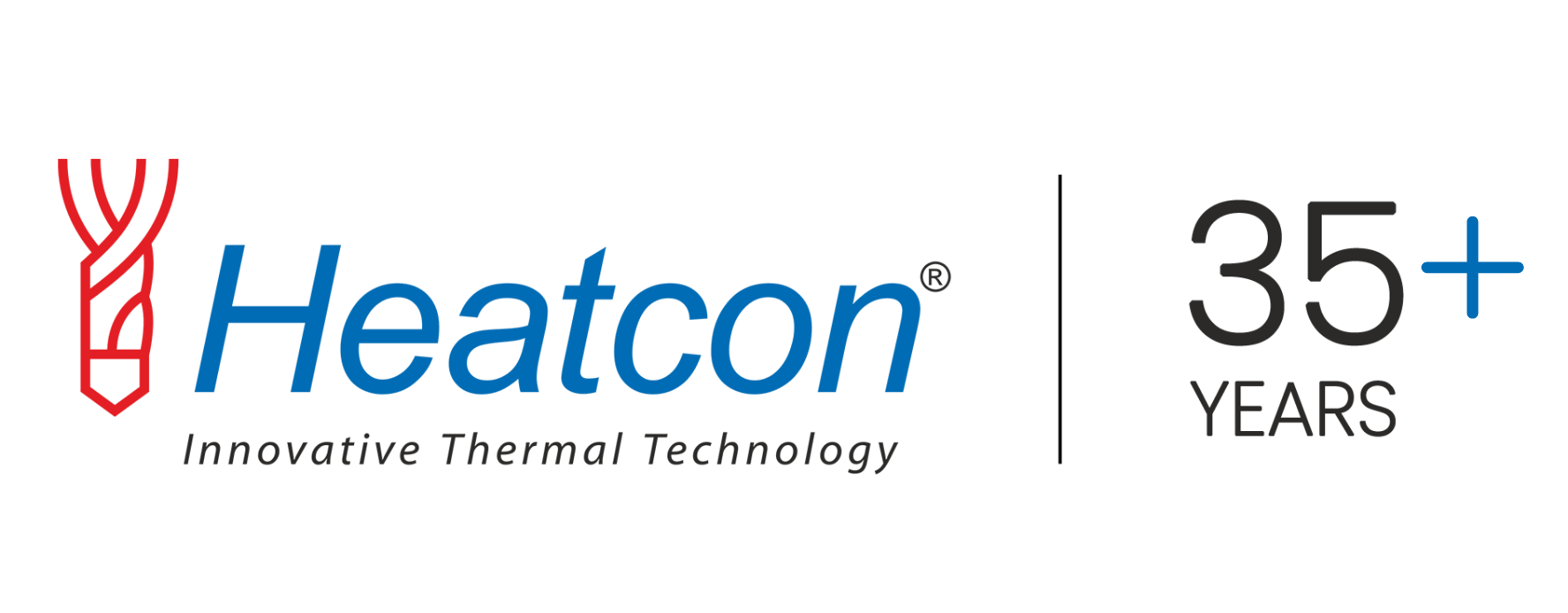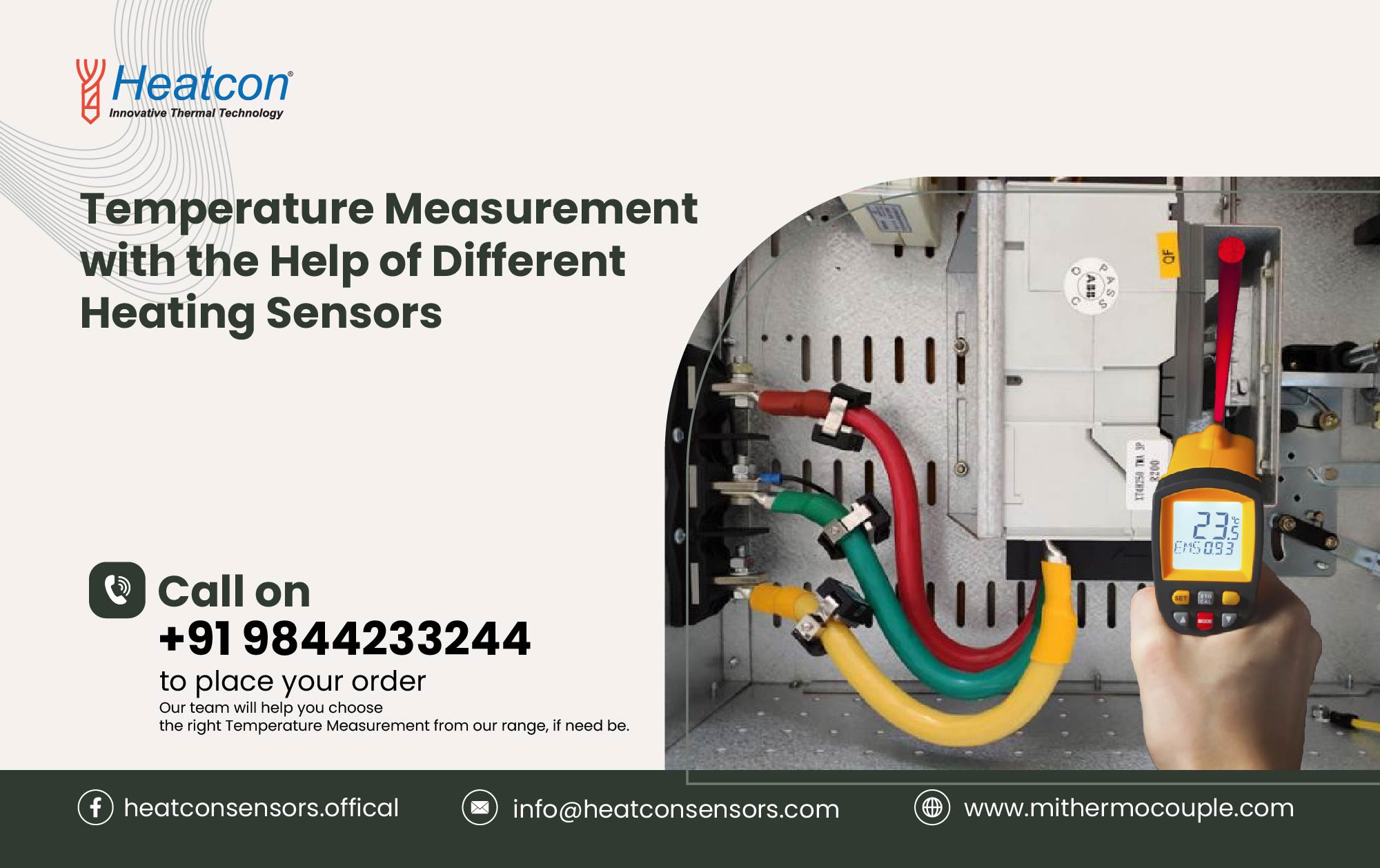Diverse Types of Temperature Sensors and Their Usage Benefits
Advantages of RTDs Compared to Thermocouples
Did you know that temperature stands as the most frequently recorded physical measure? It plays a very crucial role in the efficient functioning of numerous industrial systems. Temperature has to be monitored for a myriad of reasons, often serving as an early indicator of some sort of issue. Temperature quantifies the degree of hotness/coldness exhibited by an object and is gauged across various scales, including Fahrenheit, Celsius, or Kelvin. Different devices like thermocouples, RTDs, or thermistors are employed for this purpose for temperature measurement.
Devices Available for Temperature Measurement
Temperature measurement relies on diverse sensors available in today’s market, which are as follows:
- Thermocouples
- RTDs
- Thermistors
- Infrared temperature sensors
Understanding Temperature and Its Scales
Temperature embodies a fundamental property of matter, indicating its thermal state in terms of heat & cold. The prevalent temperature scales include Celsius (°C), Fahrenheit (°F), and Kelvin (K), predominantly employed in scientific settings as per the International System of Units (SI) conventions.
- Celsius, formerly called as centigrade, is an extensively used scale, marking the freezing point of water at zero degrees and the boiling point of water at 100 degrees. Each degree increment represents a 1/100th proportion between freezing & boiling.
- The Fahrenheit scale happens to be still prevalent in the US, denoting freezing at 32 degrees and boiling at 212 degrees, constituting a 180-degree difference.
- Kelvin scale, which had been designed for scientific accuracy, serves as the base unit for thermodynamic temperature measurement in the SI. It is based on 1/273.16 of the triple point (solid, liquid, & gaseous phases).
More on Temperature Measurement
The absolute lowest temperature, which is also called absolute zero, tends to indicate the point where no further thermal energy extraction from a body is possible. While experimental approaches can closely reach this point, they can’t achieve it, according to the 3rd law of thermodynamics. Temperature bears significance across various natural sciences such as medicine, Earth science, physics, chemistry, and biology, influencing numerous aspects of daily life.
Diverse Types of Temperature Sensors and Their Usage Benefits
- Thermocouple Sensors
-
-
- Economical & versatile, with standard connectors
- Wider temperature range but can lack precision.
-
-
-
- Highly stable & accurate
- Linear but relatively expensive and requires a current source.
-
- Thermistors
-
-
- Greater sensitivity within limited temperature ranges
- Non-linear & fragile, requiring a current source.
-
- Infrared Temperature Sensors
-
- Non-contact measurement
- Rapid & efficient
Functionality of Thermocouples
Thermocouples, which are extensively employed for different temperature measurement purposes, consist of 2 dissimilar metals forming 2 junctions. One junction measures the temperature of the subject while the other serves as a reference. Adhering to the Zeroth Law of Thermodynamics tends to necessitate the knowledge of the reference junction’s temperature for making an accurate reading. The working principle of thermocouples revolves around the Seebeck effect, the Peltier effect, or the Thomson effect. These effects dictate the generation of electromotive force and current flow within the circuit formed by the two dissimilar metal junctions at different temperatures.
Characteristics of Thermocouples
Various metal combinations form thermocouples, each one with distinct output voltages as well as temperature ranges. The most common calibrations tend to include the J type, the K type, the T type, and the E type, while high-temperature calibrations like R, S, C, and GB exist as well.
Understanding RTD Sensors
RTDs detect temperature alterations by correlating them with changes in the resistance of the RTD element. These sensors feature coiled wire around a ceramic/glass core, thus providing relatively linear resistance-temperature relationships and thus measuring temperatures even up to 850 °C. Renowned for their accuracy, stability, and immunity to electrical noise, RTDs find their extensive usage in multiple industrial automation settings.
Advantages of RTDs Compared to Thermocouples
Upon reviewing the comparison, RTDs are seen to exhibit significant strengths, particularly in terms of their accuracy in readings as well as consistent reliability across a multitude of measurements (test-retest reliability). Their design ensures prolonged stability in the readings, thus surpassing that of Thermocouples. Moreover, the robust signal reception design of RTD sensors facilitates easier calibration. Hence, the decision of which sensor to opt for depends on the specific requirements. If cost-effectiveness & durability for high temperature measurement happen to be the sole priorities, then thermocouples stand as the most suitable choice. However, for those seeking greater precision within a limited temperature range, then in that case, RTDs offer superior accuracy and must be selected.
About Thermistors
Thermistors are specialized sensors that are utilized for temperature measurement. Manufactures construct these sensors using semiconductor materials. These typically are metal oxides. Then, the process of pressing & sintering into small bead, disk, or wafer shapes starts. Then, coating with epoxy/glass happens for protection purpose. One of the main characteristics of thermistor sensors is their capability of exhibiting a considerable change in electrical resistance in response to varied temperature variations. This change in resistance is non-linear & highly sensitive to any temperature alterations, distinguishing thermistor sensors from other types of temperature sensor devices including RTDs or thermocouples.
Infrared Temperature Sensors
Infrared temperature sensors, also called as infrared thermometers or IR thermometers, happen to be such devices that are utilised for temperature measurement from a distance without making any direct contact with the object that is being measured. These sensors help in detecting the thermal radiation(s) emitted by an object and convert that into a temperature reading. Such sensors tend to operate on the principle of blackbody radiation. All objects with a temperature above absolute zero emit infrared radiation. Such type of radiation follows a pattern. You can is determine this by the object’s temperature. So, such sensors tend to detect such emitted radiations and calculate the temperature of the object by interpreting the intensity & wavelength of the infrared radiation thus received.
Contact Heatcon for the Best Range of Heating Sensors
Temperature measurement happens to be a fundamental aspect of many industrial processes. Heatcon happens to be well-renowned for providing high-end products for temperature measurement. Their range of such heating sensors is perfect for temperature measurement, as they tend to provide accuracy & reliability. We design these sensors using advanced technology. This is because they can accurately measure & record temperature changes. With the help of these sensors, you can comfortably measure & monitor temperatures. You can do this in a wide range of applications. These may include industrial, medical, automotive, and many more. So, if you are searching for a reliable heating sensor, then Heatcon can be your go-to place for making the most ideal purchase in this regard!


